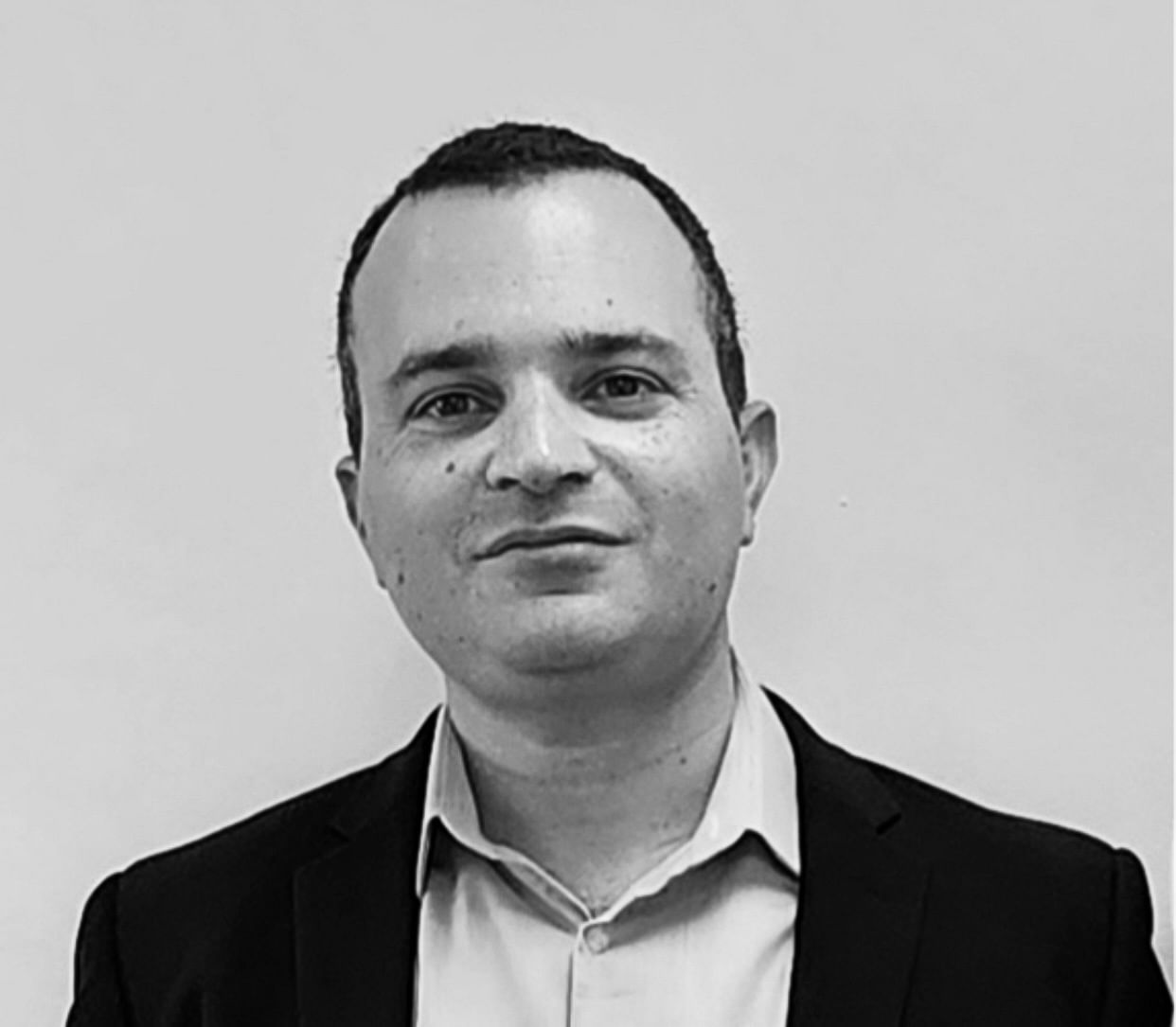Translate 100,000 words for free at MachineTranslation.com by Tomedes
What will professional translation look like in 2050?
Whether you see it as a positive or a negative, there’s no escaping the fact that technology is playing an ever-greater role in our daily lives. As well as shaping the way we run our homes and interact with each other, it has impacted massively on the way that we do our jobs. Everything from remote working to computer assisted translation (CAT) tools have had an effect on the translation sector and it looks like the pace of change will accelerate over the coming decades.
As such, we thought it would be fun to look at what the role of a professional translator could look like by 2050 (assuming tech doesn’t advance to the point of the technological singularity and wipe us all out by then!).
The future of machine translation
It seems extremely like that, by 2050, machine translation will have advanced to the point that it has become fairly reliable. As such, businesses all over the world are likely to have embraced it. This will at once reduce the need for general business translation (by human translators), while driving up demand for post-editing machine translation services, as companies seek a human touch to check and finesse their translated documents.
However, the complexity of language and its scope for subtle nuance means that human translators in specialist fields such as marketing translation are still likely to be much in demand. There are a lot of different apps and tools, created by dedicated developers to simplify the translation process, but they often fail to capture the full sense of idioms and other linguistic quirks. Often, a single word choice can change the emotive response that readers will have to a message, meaning that human involvement in the translation process may still be desirable.
Advances in video and audio translation
For those who transcribe as part of the translation service that they offer – video and audio translation experts, mainly – the future is also likely to look very different. Automatic transcription is already able to handle transcription of clear audio with minimal background noise with a fair degree of reliability, so it stands to reason that by 2050 comprehensive automated transcription will be in place. The human element, then, will focus more around the timestamping part of the process, in order to prepare the transcription for translation, and the translation itself (or rather, the tidying up of a machine translation).
It’s even easily conceivable that an app will exist that can produce a foreign language transcript of a video or audio file. After all, it would only take someone combining a transcription app and a translation app into a single product in order to make this happen. Then the video/audio translator would simply need to timestamp and proof the target language transcript.
Will human translators be more highly prized?
In many countries, the number of pupils taking language courses is declining. If this trend continues at the current rate, or even picks up pace, between now and 2050, there will be far fewer qualified individuals to undertake translation in certain languages. As such, those who do study languages and go on to translate for a living may well find themselves in a position of being more highly prized, as their skills will be less readily available. This could mean that translation professionals who work with language pairings for which translators are two a penny today could find themselves commanding comparatively higher salaries as a result of the declining interest in learning those languages.
Those who keep up to speed with the latest technology – which no doubt will become more challenging as the pace of our tech evolution picks up – will also be likely to command higher salaries, as their skills will be more up to date than those of translators who lag behind the latest technical advances.
Final thoughts
Of course, all of this is purely conjecture! After all, early successes in machine translation led leading translation experts to project that machines would have mastered the art by 1960 at the latest – so perhaps by 2050 companies will still be struggling to make machines translate at a skill level comparable to humans!
What do you think the role of a professional translator will look like in 2050 and why? Leave a comment to share your thoughts.
GET IN TOUCH
Need expert language assistance? Inquire now
Try free AI tools to streamline transcription, translation, analysis, and more.
Use Free Tools
Post your Comment